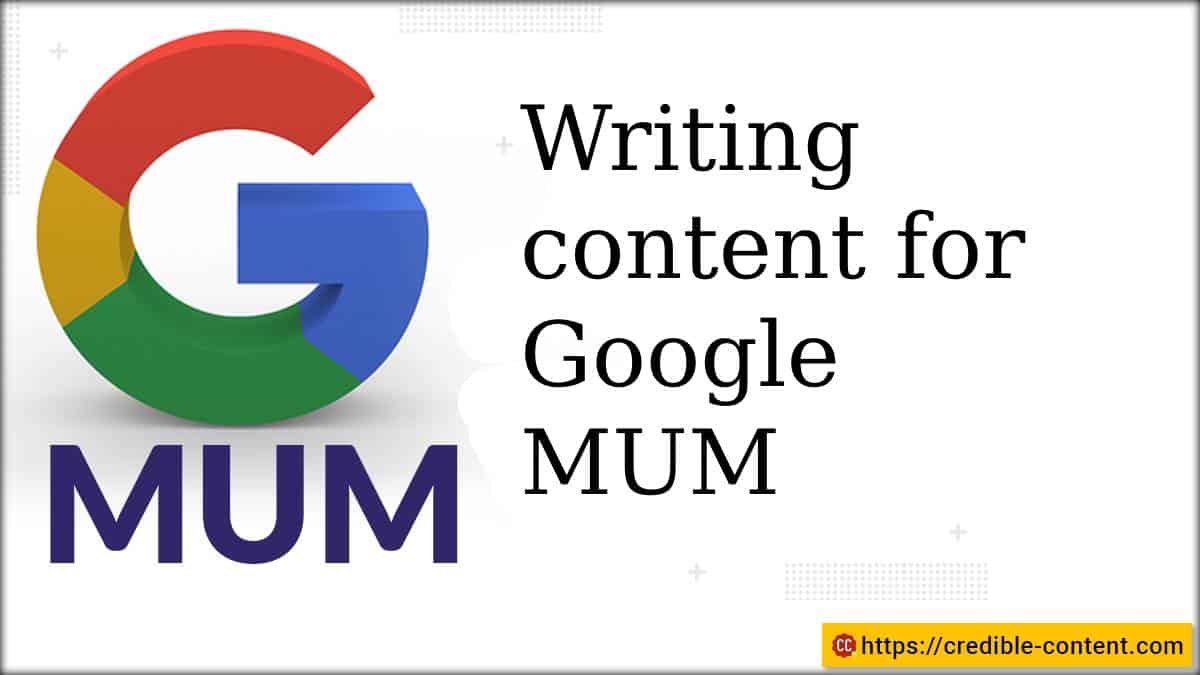Google is implementing a new machine learning technology in search called “multitask unified model”, in short, MUM.
MUM is touted as 1000x more powerful than BERT (bidirectional encoder representations). For years we have been talking about how right now machines cannot read through images for search purposes, but MUM will be able to do so. It is multimodal in the sense that it can understand information across text and images and in near future, it will also be able to understand information in video and audio.
You may also like to read: Optimizing your content writing for the BERT algorithm update
The new algorithm can also process 75 languages for the purpose of search results. For example, if you post a query in English on Google and if the algorithm thinks that a better answer exists on a Japanese website, it will bring up the Japanese website after translating it into English.
Yes, now, you won’t just be competing for space in your own language, but also with 75 other languages.
Up till now, within search, Google’s main revenue model has been PPC ads. More revenue opportunities can be created by finding contextual results when people search, and then, offering commercial products and services for further exploration. Google wants to provide “context-rich” answers.
Ultimately, the company hopes, the company aims to achieve a “richer and deeper search experience”.
What does it mean for content writing? All my clients want me to write content that helps them improve their search engine rankings. How can technologies for algorithmic logics like MUM can be incorporated into the process of content writing?
Good content is based on targeted queries. If you’re looking for a content writing service for your logistics company, you are more likely to search for something like “content writer for my logistics company website” or “content writing services for a logistics website”, and other variations.
When the MUM-powered search algorithm goes mainstream, two main things are going to happen that concern your search engine rankings:
- Google may find content related to “content writing for logistics company website” even on websites in different languages and show them in your language if it thinks they have a better answer for what you’re looking for.
- It may also showcase information on why your logistics company needs a quality content writing service that can help you improve your search engine rankings, educate your visitors and lower your bounce rate.
Frankly, most of the blog posts and articles trying to explain what exactly MUM is are simply regurgitating what Google has published on its own blog. Everybody is using the hiking example used by Google – they haven’t been able to come up even with your own example. Hence, the understanding of the technology is still unfolding.
But the main takeaway is that the search algorithm is not just going to focus on the query that is submitted to Google for bringing up search results. It will also use its own logic to decide what more information could be useful to you and then present that information to you. It may combine multiple links into a single search result to give you a comprehensive, context-based result for your query.
Is MUM all about writing and publishing pillar pages and topic clusters?
Right now, it seems like it. How do you create a complete context? By packing everything into what you are writing. But you cannot write very long web pages and blog posts because then people won’t read them. What do you do? You create a pillar page with the main topic and then you create a series of topic cluster pages or the contextual pages that present all the needed information that is related to the main topic or the pillar page content.
In the end, what matters is the relevance and quality of the information that you publish on your website or blog. Write relevant content. Maintain a close relationship between your topic and the body text. High-quality, relevant content always stands the test of time.

